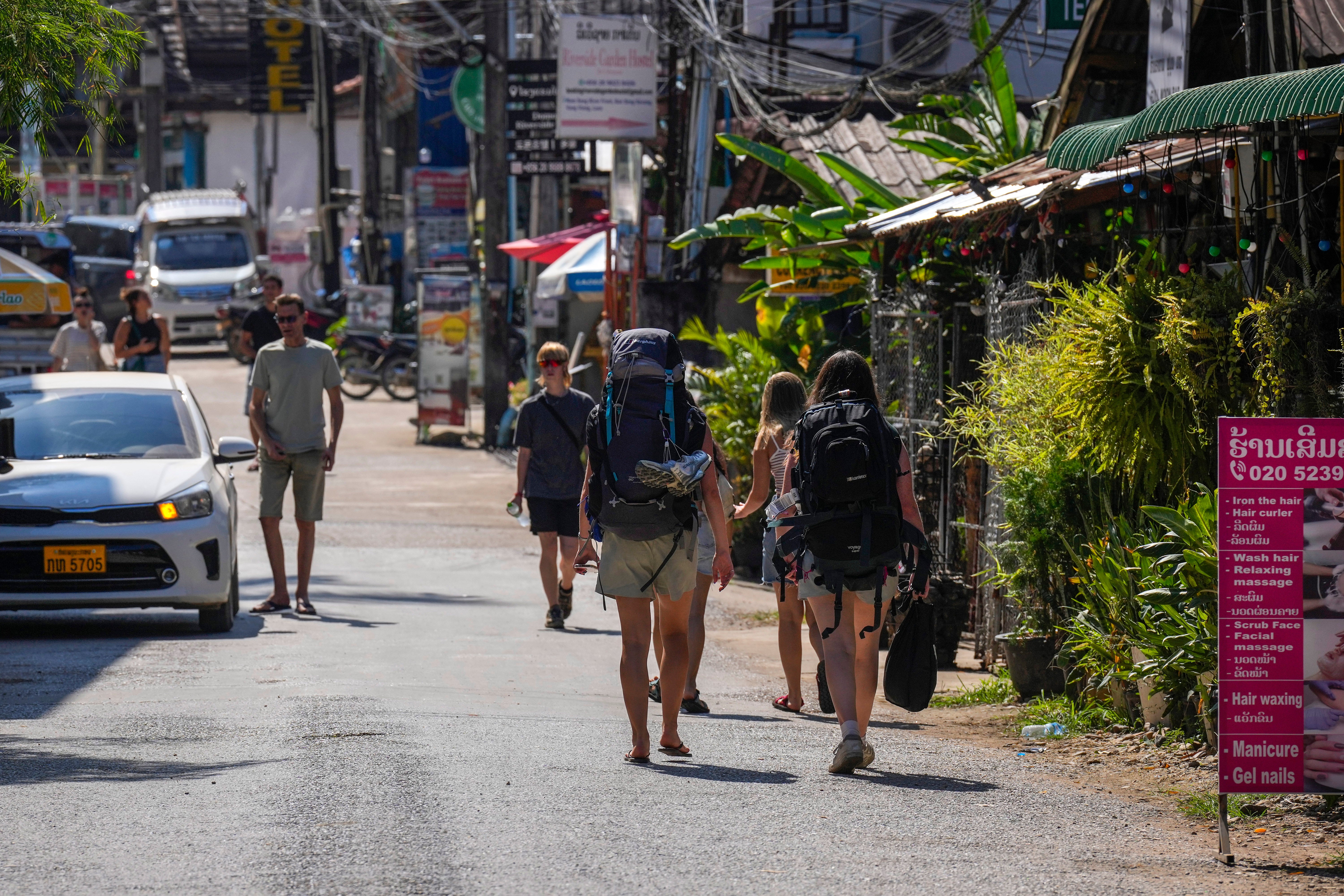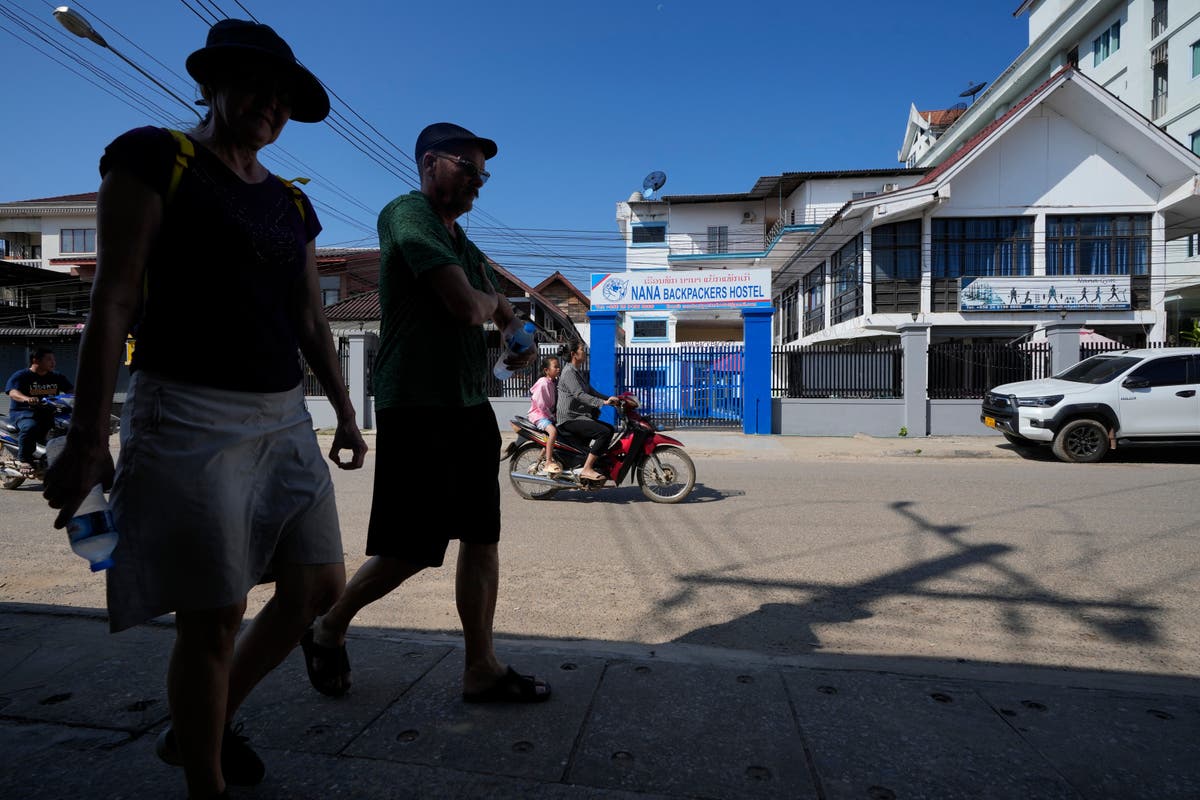A New Zealand citizen who fell ill after drinking contaminated alcohol in Laos has returned home following the deaths of six tourists due to supected methanol poisoning.
New Zealand’s foreign ministry had earlier reported that one of its citizens fell ill in Laos and was believed to be a victim of the poisoning.
The victims, including two Danes, two Australians, a Briton, and an American, had visited Vang Vieng, a popular tourist town in Laos. Earlier, the US State Department also released a health alert for its citizens travelling to Laos, citing “suspected methanol poisoning in Vang Vieng, possibly through the consumption of methanol-laced alcoholic drinks”.
This followed warnings issued by other nations whose citizens have been affected.
“The New Zealand Embassy in Bangkok has been providing assistance to one New Zealander who we believe to have been poisoned with methanol in Laos. They have now departed Laos and returned home,” a New Zealand foreign ministry spokesperson said.
Details about the individual’s condition were not disclosed.
The Laos government has pledged to prosecute those responsible, and investigations are ongoing.
The government also expressed its “sincere sympathy and deepest condolences to the families of the deceased”. Authorities in Laos also detained the manager and owner of a backpacker hostel in Vang Vieng on Friday.

Lao state-run news agency KPL said earlier that authorities were gathering evidence and witness accounts following the foreigners’ deaths due to suspected “consumption of tainted alcoholic beverages”.
The government has been “conducting investigations to find causes of the incident and to bring the perpetrators to justice in accordance with the law”, it said in its first official comments published on the foreign affairs ministry website.
Methanol poisoning from counterfeit and homemade alcohol has prompted warnings from multiple countries, including Australia, the US, and the UK. It is a toxic alcohol that is used industrially as a solvent, pesticide, and alternative fuel source, according to the US Centers for Disease Control and Prevention.

